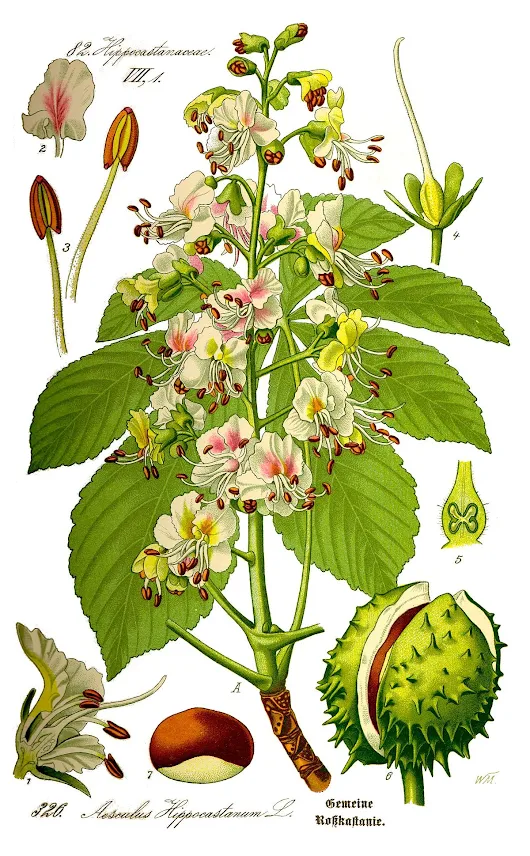During the
First World War, there was a campaign to ask for everyone (including children) to collect
horse-chestnuts and donate them to the government. The conkers were used as a
source of starch for fermentation using the
Clostridium acetobutylicum method devised by Chaim Weizmann to produce acetone for use as a solvent for the production of cordite, which was then used in military armaments. Weizmann's process could use any source of starch, but the government chose to ask for conkers to avoid causing starvation by depleting food sources. But conkers were found to be a
poor source, and the
factory only produced acetone for three months; however, they were collected again in World War II for the same reason.
Unlike yeast, which can digest sugar only into alcohol and carbon dioxide,
Clostridium acetobutylicum and other Clostridia can digest whey, sugar, starch, cellulose and perhaps certain types of lignin, yielding
butanol, propionic acid, ether, and glycerin.
https://en.wikipedia.org/wiki/Aesculus_hippocastanum#Uses
https://en.wikipedia.org/wiki/Clostridium_acetobutylicum



No comments:
Post a Comment
Note: Only a member of this blog may post a comment.